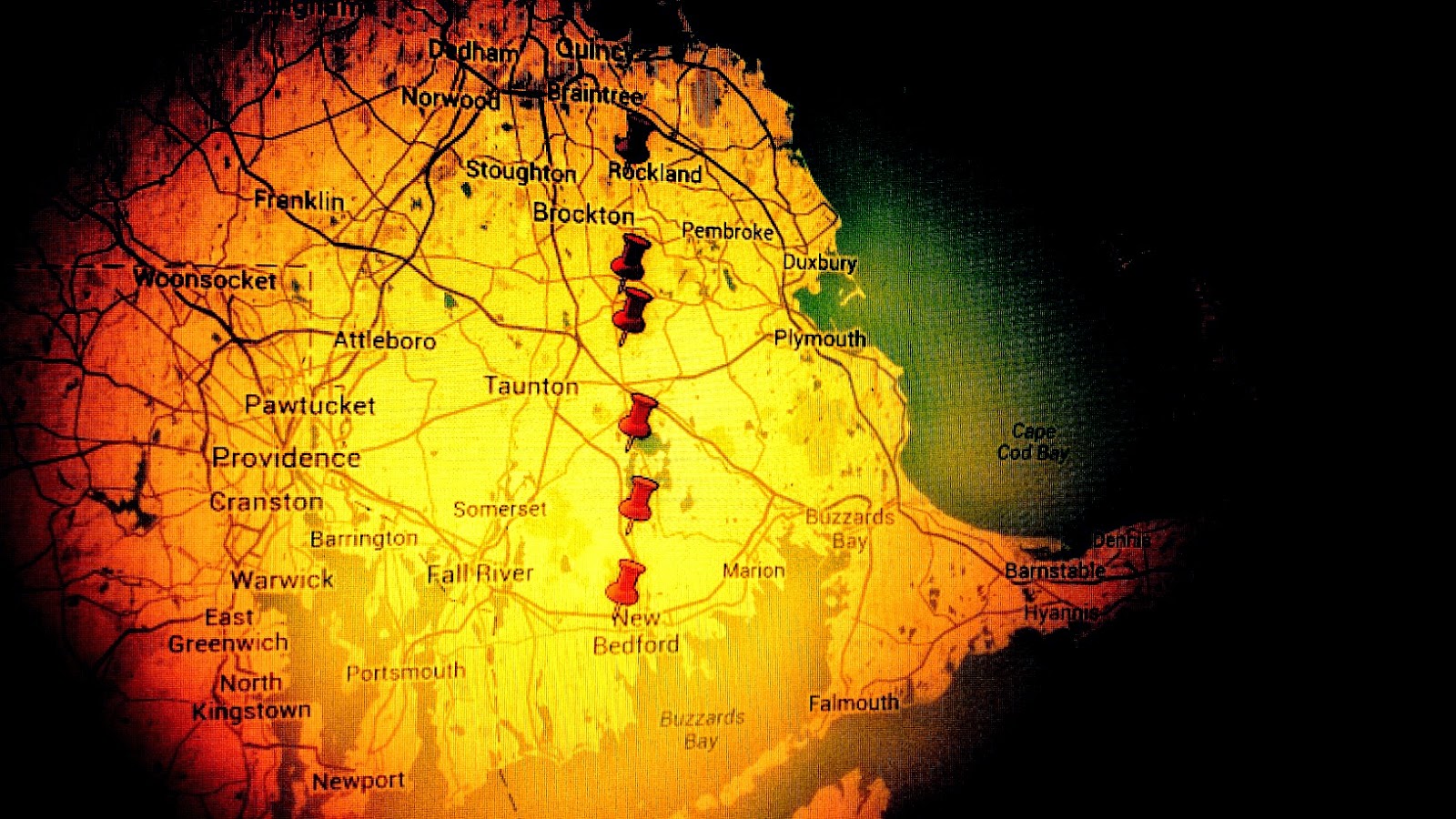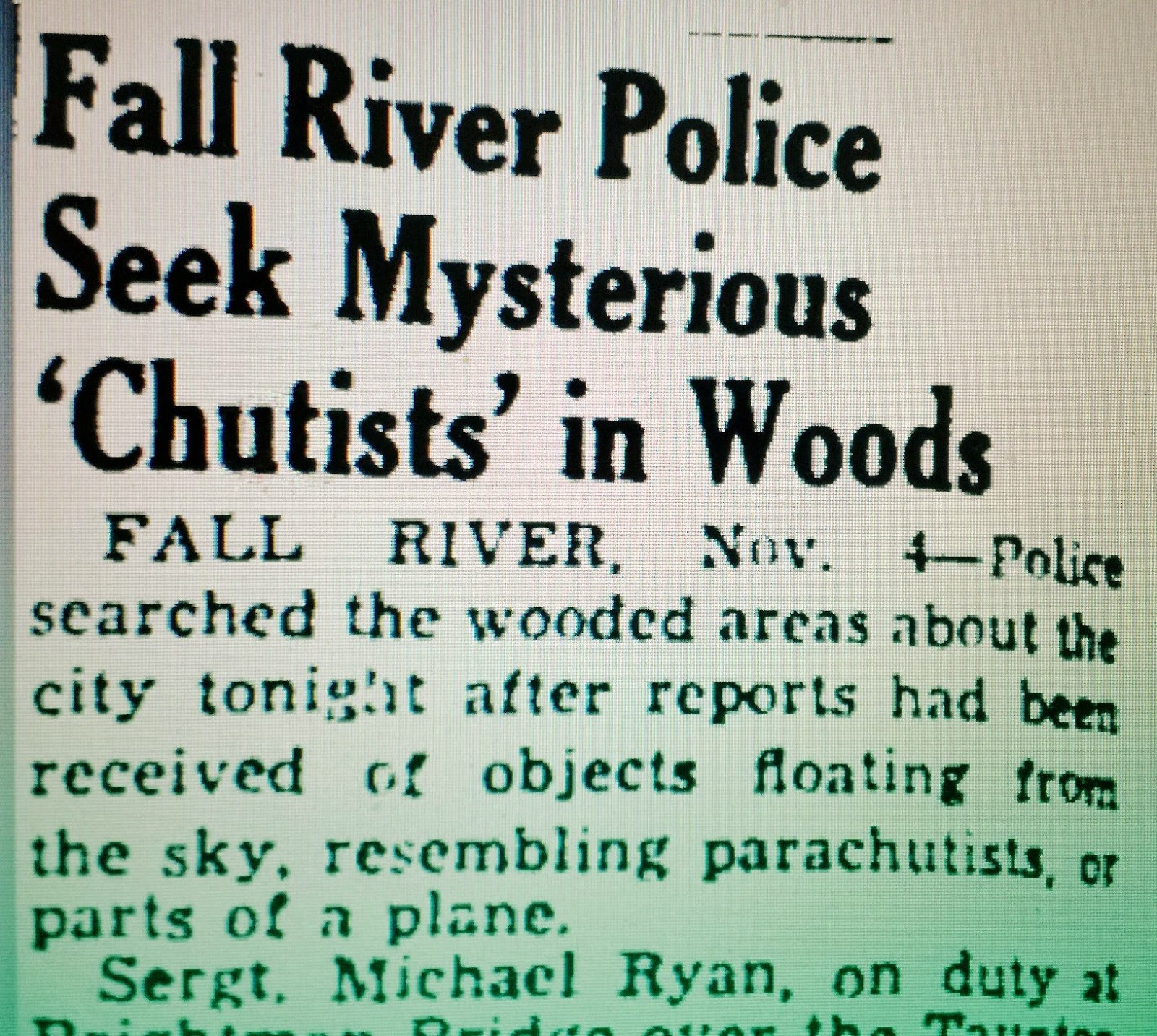He Moves In Mysterious Ways: The Strange Path of Bigfoot In the Bridgewater Triangle

When I decided to publish a book of Bigfoot reports in the Bridgewater Triangle, I didn't expect to find any surprises. I knew the stories: The Bridgewater "bear" hunt of 1970, when police were deluged with calls of sightings of a seven-foot tall bipedal creature; the Joseph DeAndrade sighting of 1978; the Bigfoot close encounter of John Baker in Hockomock Swamp. And finally, a rash of sightings in the southern area of the Bridgewater Triangle in 2009 investigated by Bigfoot Field Research Organization Investigator, David Brake. No, I did not expect to find any surprises in compiling my research on the topic of Bigfoot in the Bridgewater Triangle and presenting it in a straight-forward, no frills, information-based report really written for die-hard Bridgewater Triangle buffs. But I did find a surprise. A revelation if you will. And I have to admit, I was excited by my discovery. When I went to create a map that plotted each location of the encounters cited in my book





